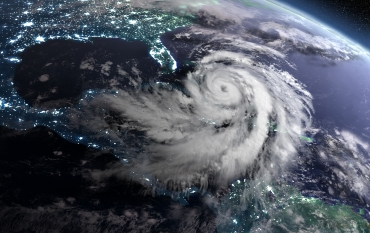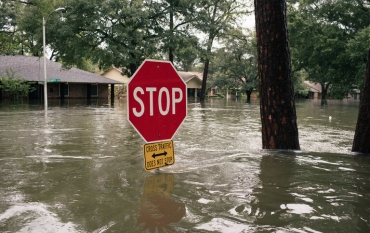August 31, 2017
Stanford School of Earth, Energy & Environmental Sciences
September 5, 2017
Stanford School of Earth, Energy & Environmental Sciences
September 1, 2017
Stanford Woods Institute for the Environment
August 28, 2017
The New York Times
The fallout from Hurricane Harvey shouldn't have been a surprise because climate change is increasing the odds of extreme precipitation and storm surge flooding, says Noah Diffenbaugh.
August 15, 2017
Stanford School of Earth, Energy & Environmental Sciences
August 14, 2017
Stanford News Service
Stanford Earth researchers analyzed a pioneering California program to sell carbon offsets and found it has surprising environmental benefits — including providing habitat for endangered species — and provides lessons for initiatives under development in other states and countries.
August 4, 2017
Stanford News Service
August 2, 2017
Stanford School of Earth, Energy & Environmental Sciences
July 21, 2017
<p>Innovations for Poverty Action</p>
- 1 of 28
- next ›
Subscribe to Earth Matters
A free monthly bulletin for your inbox













